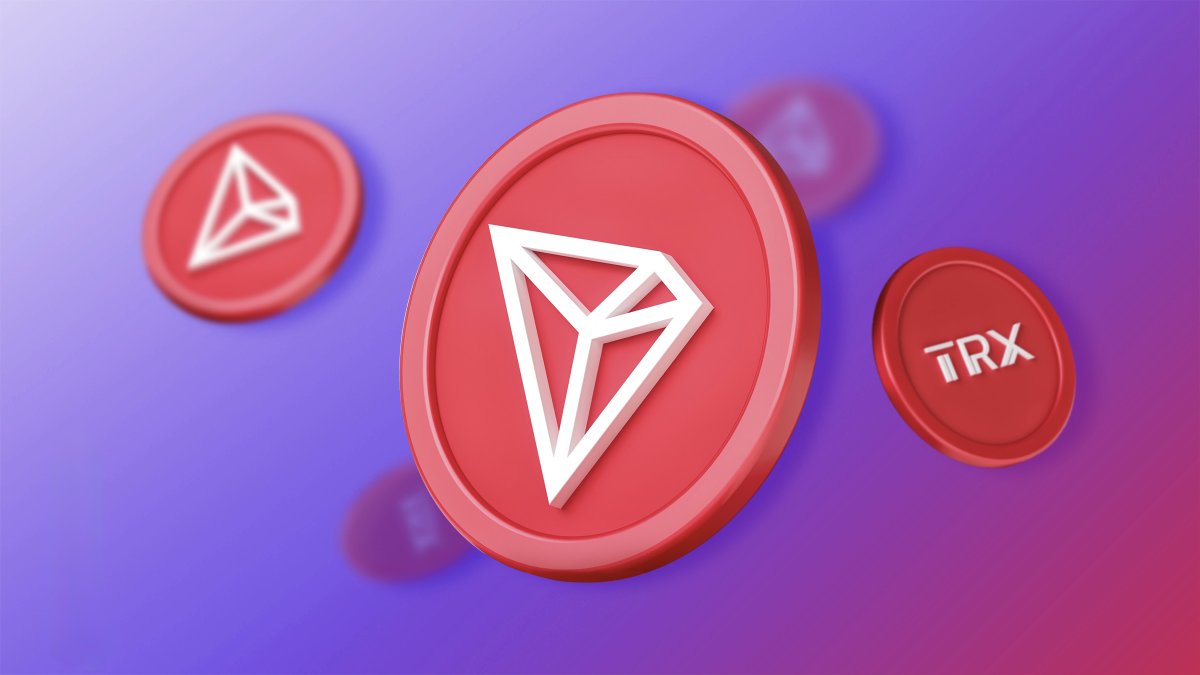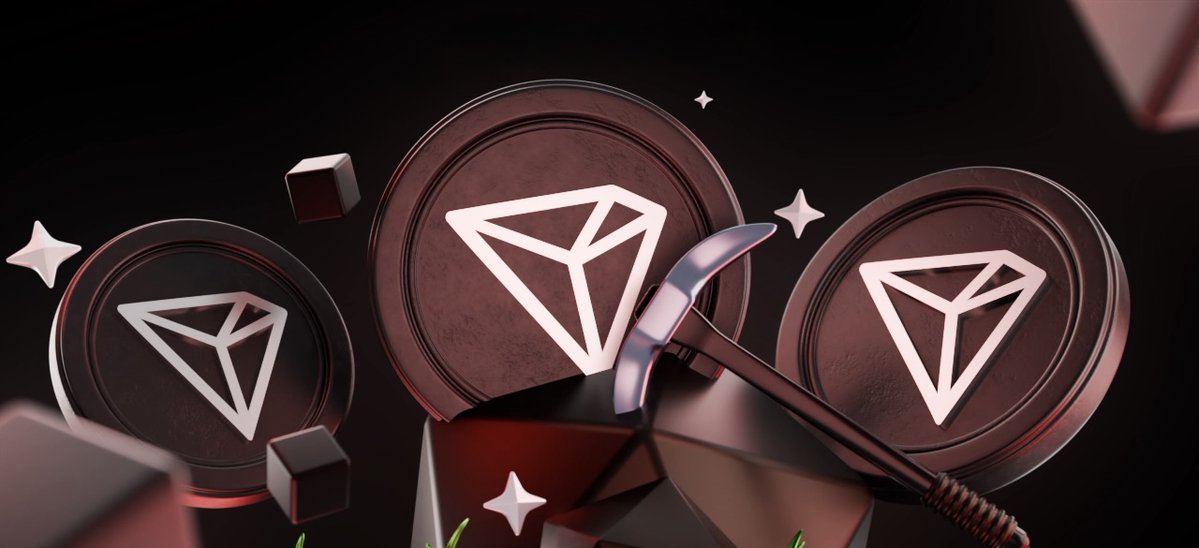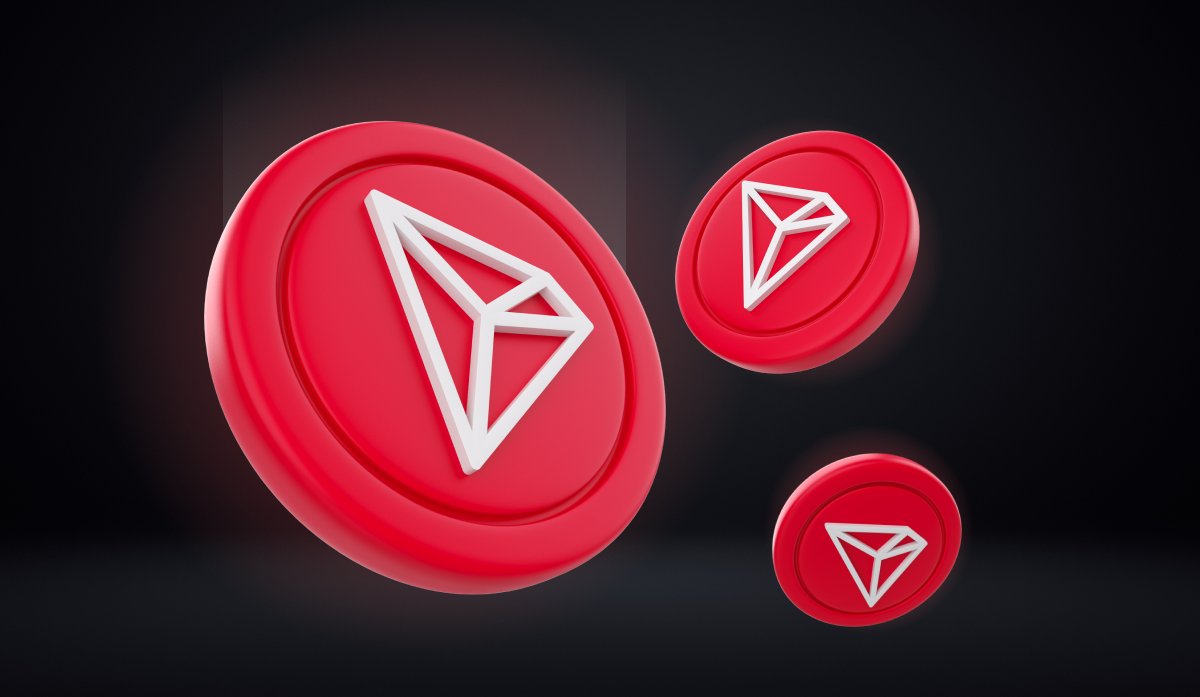TRON's decentralization is not "nobody can control it," but "you can also control it."
When people talk about blockchain, they often mention one word: decentralization. But what is true decentralization? Is it just that the project team doesn't run away? Today, let's explain in a more straightforward way, from a technical perspective, how TRON achieves decentralization and how its mechanism differs from other chains.
1/ DPoS: Token holders decide the allocation of power
TRON adopts a consensus mechanism called DPoS (Delegated Proof of Stake). This means: if you hold TRX, you can vote to elect Super Representatives (SRs), who are responsible for packaging transactions and maintaining network security. It's not about who spends the most money controlling the network but about being elected through community voting.
2/ Super Representatives can rotate and be replaced
There are a total of 27 Super Representatives in the TRON network, and any node can run for election. As long as you have enough votes, you can take a position. If you're dissatisfied, you can replace them at any time. It's not "whoever deploys servers holds power," but "whoever earns the community's trust can participate in governance."
3/ Open code, transparent mechanism
Many people misunderstand "decentralization" as no management or development. In fact, the real key is transparency of mechanisms, open-source code, and verifiable rules. TRON's nodes are distributed globally, its code is open-source on GitHub, and anyone can view, audit, or even fork it themselves.
4/ Centralization controversy: Mechanisms ensure it's not a deadlock
Some say that some of TRON's Super Representatives are closely tied to the foundation, which is indeed a real issue. But this doesn't mean "the entire network is controlled." The mechanism is there — representatives can be voted out, and the network dynamically adjusts. Unlike some projects that don't even open their code but still claim to be decentralized.
5/ Not just a bystander, but a participant
True decentralization is not just a slogan; it's about real participation, supervision, and benefits. You can use TRX to vote and participate in governance, use it in DeFi, NFT, and GameFi, or even run as a node to compete for SR — ordinary users also have a voice.
6/ A "decentralization model" in reality
Rather than saying TRON is perfectly decentralized, it's better to say it is a model that balances efficiency, speed, and community governance in reality. No chain is perfect, but TRON has at least delivered a satisfactory answer in terms of stability, practicality, and participation.
A system that no one can easily control
The core of TRON is that it makes every user not just a user but also a participant, decision-maker, and beneficiary. It doesn't aim for nobody to control it but ensures that no one can easily control the entire system — this is the essence of Web3 and the true meaning of decentralization.
@justinsuntron @trondaoCN #TRONEcoStar
Show original


34.74K
19
The content on this page is provided by third parties. Unless otherwise stated, OKX is not the author of the cited article(s) and does not claim any copyright in the materials. The content is provided for informational purposes only and does not represent the views of OKX. It is not intended to be an endorsement of any kind and should not be considered investment advice or a solicitation to buy or sell digital assets. To the extent generative AI is utilized to provide summaries or other information, such AI generated content may be inaccurate or inconsistent. Please read the linked article for more details and information. OKX is not responsible for content hosted on third party sites. Digital asset holdings, including stablecoins and NFTs, involve a high degree of risk and can fluctuate greatly. You should carefully consider whether trading or holding digital assets is suitable for you in light of your financial condition.

